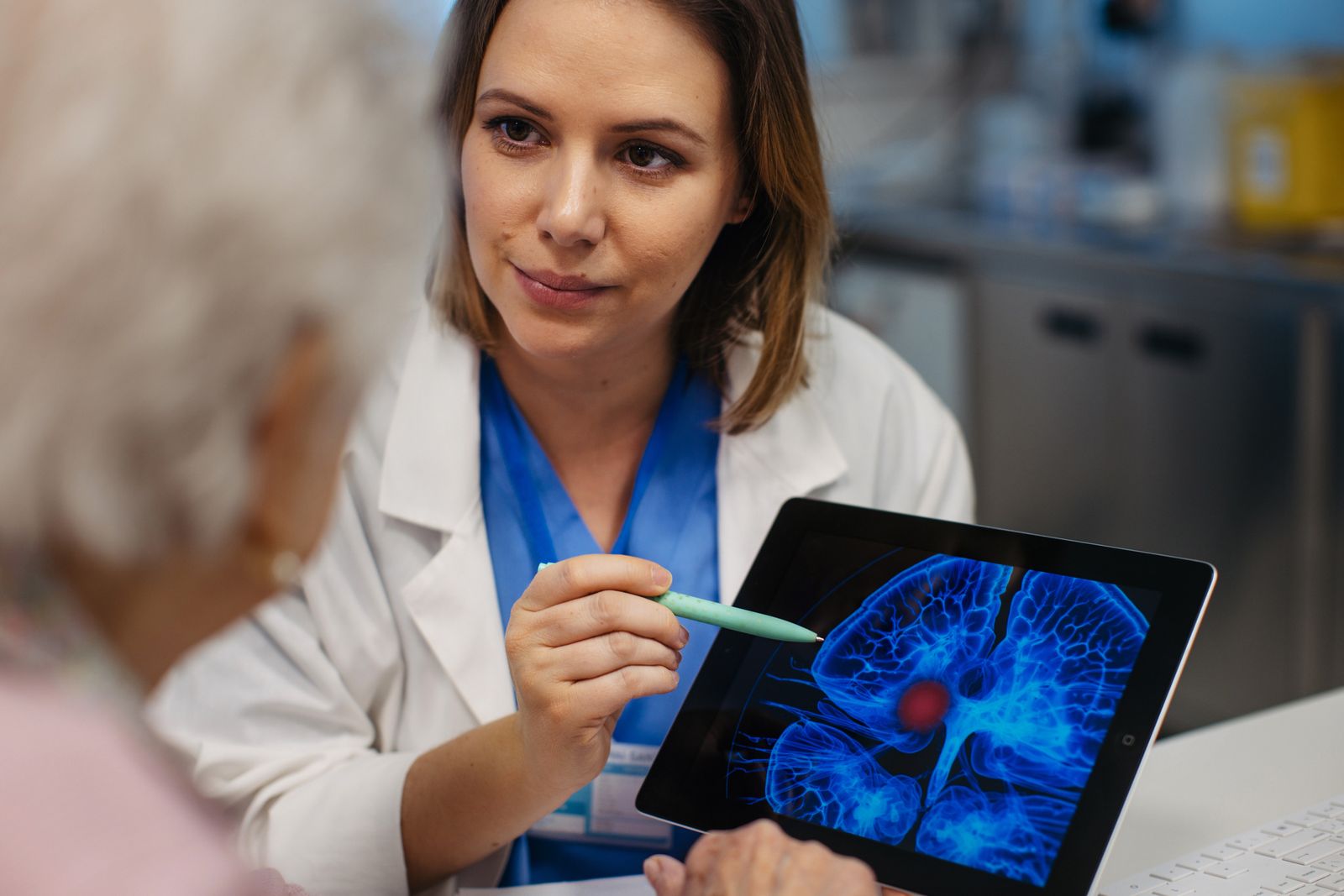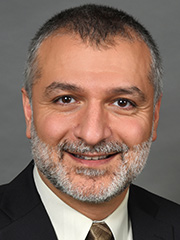Headache & Migraine
3900 West Coast Hwy, Newport Beach, CA 92663
(949) 764-1475
- About
- Conditions Treated
- Program Flow
- FAQ
- Meet the Team
Nationally recognized, Hoag’s Headache & Facial Pain Program offers expert diagnosis and care for headaches, facial pain, and neuralgias. Our team provides advanced treatments, education, and support to help you manage symptoms and regain control.

Hoag Headache Program

Why Choose Hoag?


